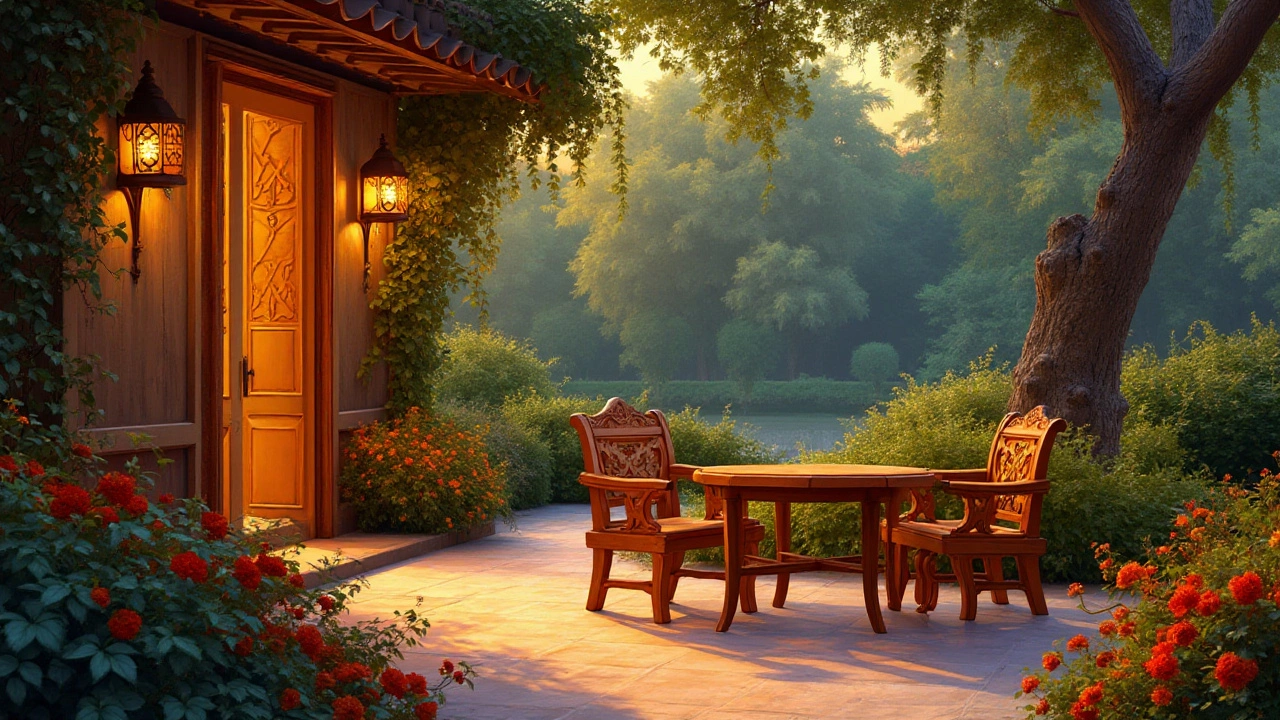Weather-Resistant Furniture: Keep Your Seating Safe from the Elements
When you love to relax outside, the last thing you want is a soggy couch or a faded sofa. Weather‑resistant furniture lets you enjoy the patio, balcony, or garden without constantly worrying about rain, UV rays, or humidity. In this guide you’ll find the basics of what makes a piece weather‑proof, how to protect it, and which styles work best in any outdoor space.
What Makes Furniture Weather‑Resistant?
It all starts with the material. Look for frames made from aluminum, stainless steel, or powder‑coated steel – these metals won’t rust if they get wet. For the seating surface, synthetic fibers such as solution‑dyed acrylic, polyester, or olefin resist fading and mildew. Natural fabrics like cotton can be treated, but they still need more upkeep.
Another key factor is the cushions. Outdoor cushions are usually wrapped in a water‑resistant cover and sealed with a UV‑blocking finish. The filling is often quick‑dry foam that drains water fast, preventing mold growth. If you already own indoor cushions, a breathable, waterproof cover can turn them into a temporary outdoor set.
Simple Ways to Extend the Life of Your Outdoor Sofa
Even the toughest pieces benefit from a few easy habits. First, use a fitted cover when the furniture isn’t in use. A cover that breathes will keep rain out but still let moisture escape, so you avoid trapped dampness that causes mold.
Second, clean regularly. A quick rinse with a garden hose removes dust, pollen, and bird droppings. For stubborn stains, mix mild soap with water, scrub gently, and rinse well. Avoid harsh chemicals that can damage the protective coating.
Third, store cushions indoors during winter or heavy storms. If you can’t bring the whole set inside, at least move the cushions to a dry, shaded spot. This protects the foam from freezing and cracking.
Our post "How to Protect Garden Furniture from Rain: Best Tips for Weatherproofing Outdoor Furniture" goes deeper into covering strategies and DIY sealants if you want extra protection.
When you’re picking a new set, think about the style that fits your space. Low‑profile modular sofas are easy to move and store, while classic chaise lounges give a relaxed vibe. Color matters too – darker shades hide dirt, while lighter hues stay cooler in hot sun.If you have pets or kids, look for furniture with removable, machine‑washable covers. This way you can keep the seat fresh without professional cleaning.
Finally, check the warranty. Many manufacturers offer 5‑year or longer guarantees on frames and cushions, which signals confidence in their weather‑resistance.
With the right material, regular care, and a good cover, your outdoor seating can stay comfortable and attractive year after year. Start by evaluating what you already own, add a protective cover, and plan your next purchase around these simple guidelines. Your patio will thank you, and you’ll spend less time fixing furniture and more time relaxing.
The Ultimate Guide to Durable Garden Furniture Materials
Choosing garden furniture requires balancing aesthetics with durability to withstand the natural elements. From teak's timeless appeal to aluminum's lightweight resistance, this guide explores several durable materials ideal for outdoor settings. Learn their unique strengths and weaknesses, along with tips to maintain them and protect them from weather damage. Discover which options best suit various climates and lifestyle needs. Dive into practical advice for making informed decisions about your outdoor investment.





